Belgian Symbolist painter Léon Spilliaert (1881–1946) is celebrated for his evocative and haunting artwork that uniquely merges Symbolism with a distinctly personal and introspective style. His imagery, often somber and atmospheric, reflects a deep connection to his birthplace of Ostend, Belgium, and reveals a nuanced exploration of existential and psychological themes. Today, Spilliaert’s work resonates as profoundly modern, bridging Symbolism with elements of Expressionism and foreshadowing Surrealism. In this article, we’ll explore the life, style, and impact of Léon Spilliaert, who is often considered one of Belgium's most intriguing and enigmatic artists.
Green Lightning Over the Sea (1921)
Early Life and Influences
Born in Ostend on July 28, 1881, Léon Spilliaert grew up near the sea, which would become a recurring motif in his work. As a child of a middle-class family, he was expected to follow a conventional path, yet Spilliaert's early talent and passion for drawing quickly became evident. Unlike many of his contemporaries, he did not receive formal artistic training at prestigious art academies. Instead, he was largely self-taught, absorbing influences from Symbolist literature and art, as well as philosophy.
Spilliaert was profoundly inspired by the works of Edvard Munch and Odilon Redon, both known for their introspective and existential themes. This influence is visible in his early work, which often portrays solitary figures, melancholic interiors, and eerie, uninhabited landscapes. Spilliaert’s exposure to Symbolist writers like Maurice Maeterlinck and Emile Verhaeren further enriched his understanding of art's capacity to express the intangible realms of human thought and emotion. This intellectual grounding set the stage for his unique approach to Symbolism, where spirituality and existential angst intertwine in visually arresting compositions.
Distinctive Style and Themes
1. Use of Light and Shadow
One of Spilliaert’s defining characteristics is his masterful use of light and shadow. In his drawings and paintings, light often seems to emanate from within the composition rather than from an external source, creating an unsettling, dreamlike quality. This interplay between light and dark reflects the dualities within Spilliaert himself: the tension between solitude and society, night and day, reality and imagination. His preferred mediums included ink, watercolor, and pastel, which allowed him to layer subtle tonalities and create dramatic, high-contrast effects.
2. Ostend and the North Sea
The port city of Ostend features prominently in Spilliaert’s work. In pieces like Self-Portrait in Mirror (1908) and The Dike (1908), he captures the bleak yet beautiful landscapes along the North Sea, often bathed in moonlight or shrouded in mist. These compositions reveal a sense of isolation and introspection, with desolate beaches, empty streets, and endless horizons that evoke a haunting solitude. His cityscapes and seascapes convey a deep connection to Ostend's coastal environment, yet they transcend simple representation, embodying instead a spiritual and almost metaphysical space.
3. Self-Portraits and Psychological Depth
Spilliaert’s self-portraits are among his most compelling works, showcasing his ability to convey psychological depth through art. The artist suffered from chronic illness and insomnia, experiences which are palpable in these portraits. With dark, penetrating eyes and gaunt features, his self-portraits often appear as specters, confronting themes of mortality and introspection. These works offer insight into Spilliaert's psyche, portraying an artist who was deeply contemplative and aware of his own fragility. His Self-Portrait in Mirror captures this vulnerability, showing Spilliaert gazing back at his own reflection with a look of both curiosity and existential unease.
Spilliaert’s Symbolism and Relation to Other Art Movements
While rooted in Symbolism, Spilliaert’s work also reflects elements of Expressionism and even Surrealism. His art is introspective, portraying emotional states and interior worlds rather than external reality. Unlike the brighter Symbolism of Gustav Klimt or Alphonse Mucha, Spilliaert’s Symbolism is dark and moody, drawing viewers into an intimate and sometimes unsettling psychological space.
In his later years, Spilliaert’s work shifted towards more abstract compositions, marked by simpler forms and minimalistic lines, possibly foreshadowing the development of abstraction in European art. While he maintained Symbolist qualities, these later works embody a new stylistic exploration that reveals his evolving vision.
Léon Spilliaert - Featured Works
Landscape under a Red Evening Glow with Migratory Birds (1919)
One of Spilliaert's most captivating landscape paintings, "Landscape under a Red Evening Glow with Migratory Birds" exemplifies his mastery of atmosphere and symbolism. The painting depicts a desolate coastal scene bathed in an eerie reddish glow, with a flock of birds silhouetted against the sky. The birds, symbolizing the transience of life, appear to be in a state of unrest, mirroring the unsettled mood that permeates the entire composition.
Spilliaert's use of color is particularly striking in this work. The deep, fiery red of the sky contrasts sharply with the muted, monochromatic tones of the landscape, creating a sense of unease and foreboding. The lack of human presence heightens the feeling of isolation and melancholy, inviting the viewer to contemplate the mysteries and uncertainties of the natural world.
Self-portrait with Mirror (1908)
Spilliaert's self-portraits are equally powerful in their exploration of the human psyche. In "Self-portrait with Mirror," the artist gazes introspectively at his own reflection, his face partially obscured by the mirror's frame. The composition is striking in its simplicity, yet it manages to convey a profound sense of introspection and existential questioning.
The mirror, a recurring motif in Spilliaert's work, serves as a symbol of the artist's struggle to understand his own identity and place in the world. The fragmented, disjointed nature of the reflection mirrors the fragmented nature of the self, hinting at the artist's own feelings of isolation and disconnection from the world around him.
Ostend Embankment with Street Lights (1908)
In "Ostend Embankment with Street Lights," Spilliaert turns his attention to the urban landscape, capturing the eerie, unsettling atmosphere of a dimly lit seaside promenade. The painting is characterized by a sense of isolation and loneliness, with the solitary figure of a woman walking along the deserted embankment.
The stark, geometric forms of the street lights and buildings create a sense of order and structure, yet the overall mood of the painting is one of unease and disquiet. Spilliaert's use of muted, subdued colors and his attention to the interplay of light and shadow contribute to the haunting, melancholic quality of the work.
Spilliaert’s Legacy and Influence
Despite his unique vision, Léon Spilliaert remained relatively unknown outside Belgium during his lifetime. However, interest in his work has grown steadily since his death in 1946, with major retrospectives and exhibitions shedding light on his contribution to modern art. His work now resides in prominent collections worldwide, including the Musée d'Orsay in Paris and the Royal Museums of Fine Arts of Belgium.
Spilliaert’s work resonates with contemporary viewers due to its psychological depth and timeless quality. His exploration of isolation, existential doubt, and the subconscious aligns him with artists like Edvard Munch and Alfred Kubin, who similarly ventured into dark, introspective realms. Today, art historians and critics recognize Spilliaert as a pioneer of modern psychological art, a precursor to Surrealism, and a master of Symbolist aesthetics.
Conclusion
Léon Spilliaert’s art offers an unforgettable journey into the inner workings of the human psyche. Through his haunting imagery, Spilliaert invites viewers to confront solitude, mystery, and the infinite. His innovative use of light, shadow, and minimalist landscapes set him apart as a Symbolist artist with an unmistakably personal touch. Though he is often overshadowed by contemporaries like Munch and Redon, Spilliaert’s work remains deeply resonant, appealing to modern audiences drawn to art that captures the quiet yet profound depths of human experience.Through his symbolic and introspective approach to landscape and portraiture, Léon Spilliaert emerged as a pivotal figure in the Belgian symbolist movement, whose enduring influence can be seen in the work of contemporary artists who continue to explore the depths of the human experience.
References
- Allmer, P. (2017). Léon Spilliaert: Life and Mood. Brussels: Mercatorfonds.
- Delevoy, R. L. (1981). Symbolists and Symbolism. Geneva: Skira.
- Hoskins, R. (2015). The Symbolist Aesthetic in Belgium, 1880-1900. Farnham: Ashgate.
- Lahaye, F. (2008). Léon Spilliaert: Between Realism and Symbolism. Ostend: Mu.ZEE.
- Ockman, C. (1993). Cézanne's Uncertainty. New Haven: Yale University Press.

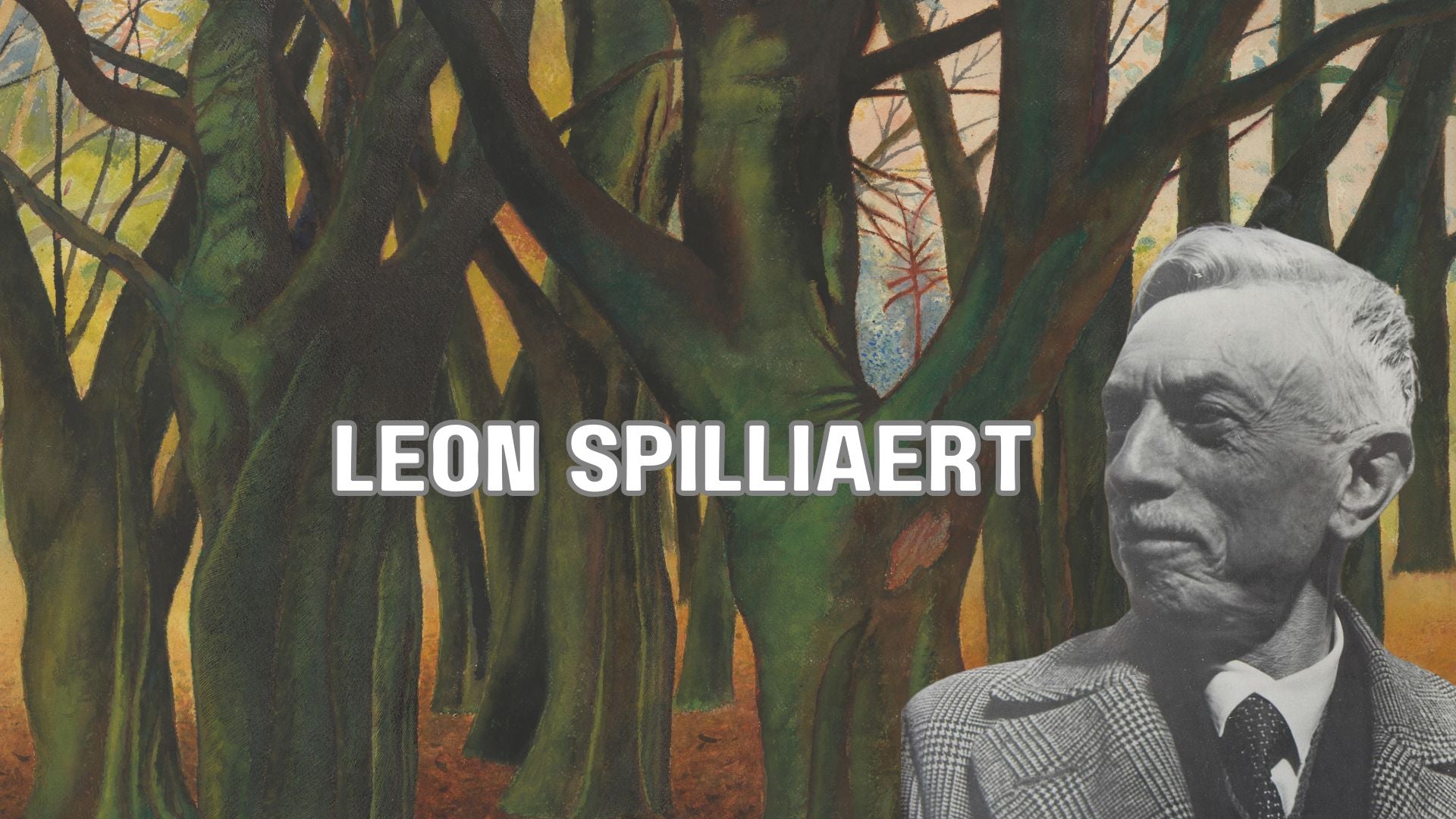




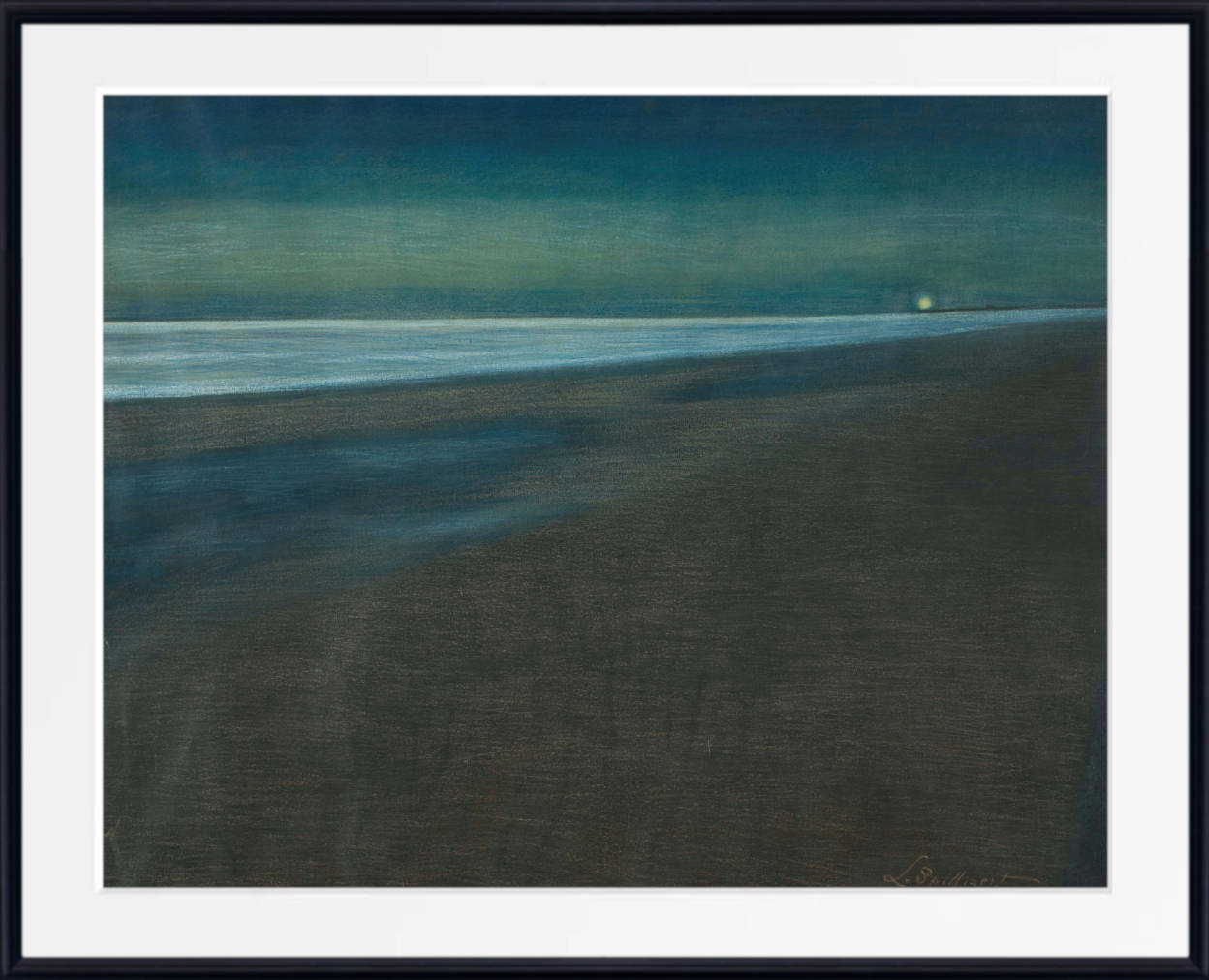
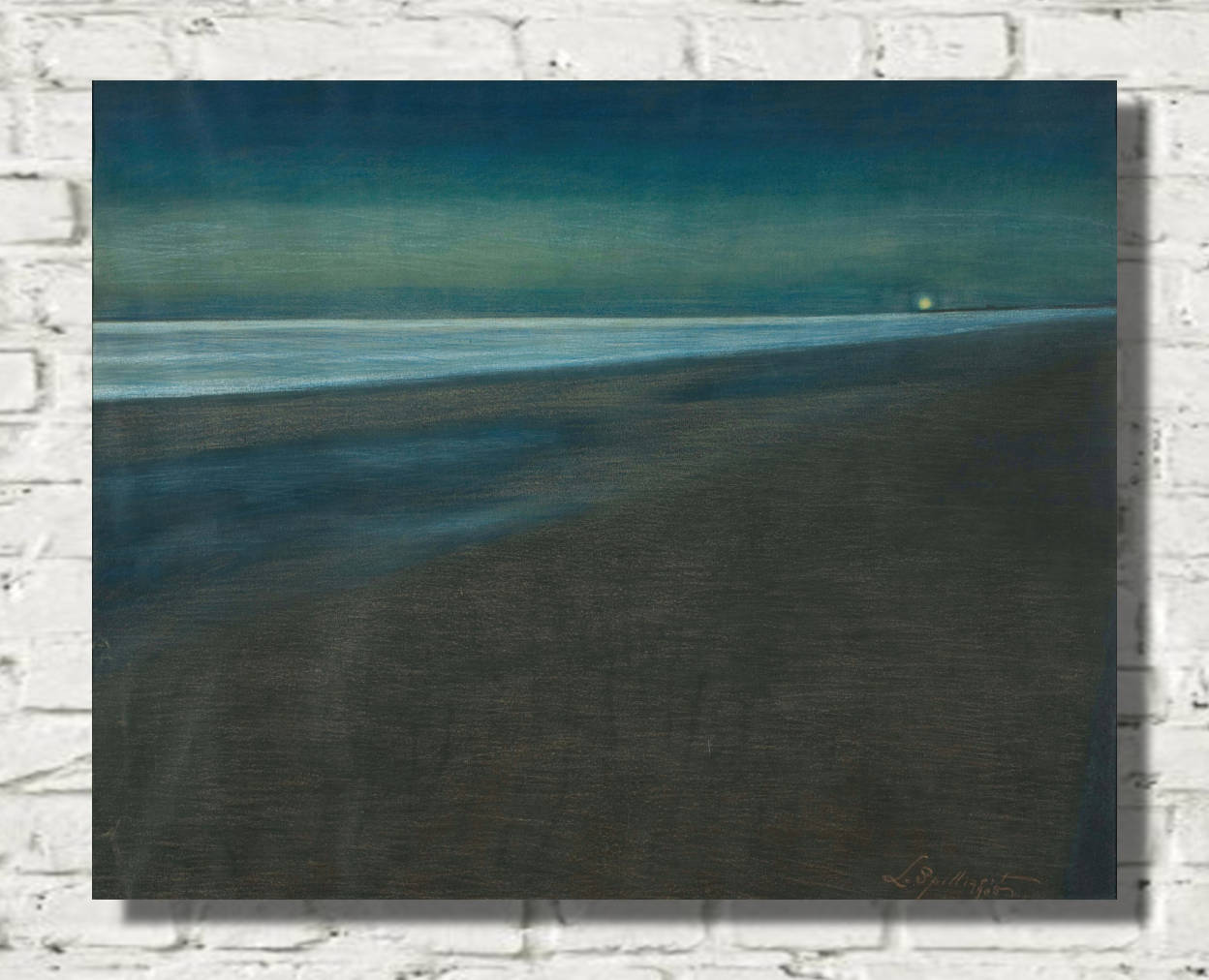
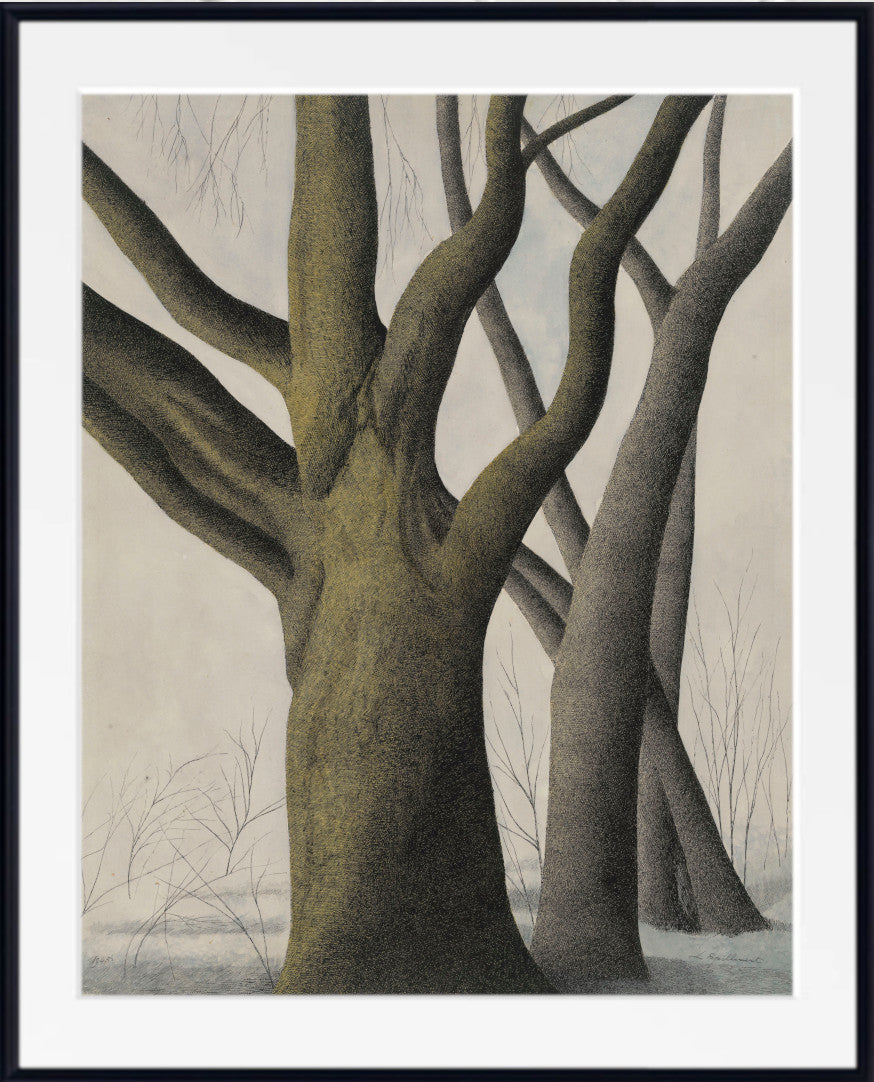

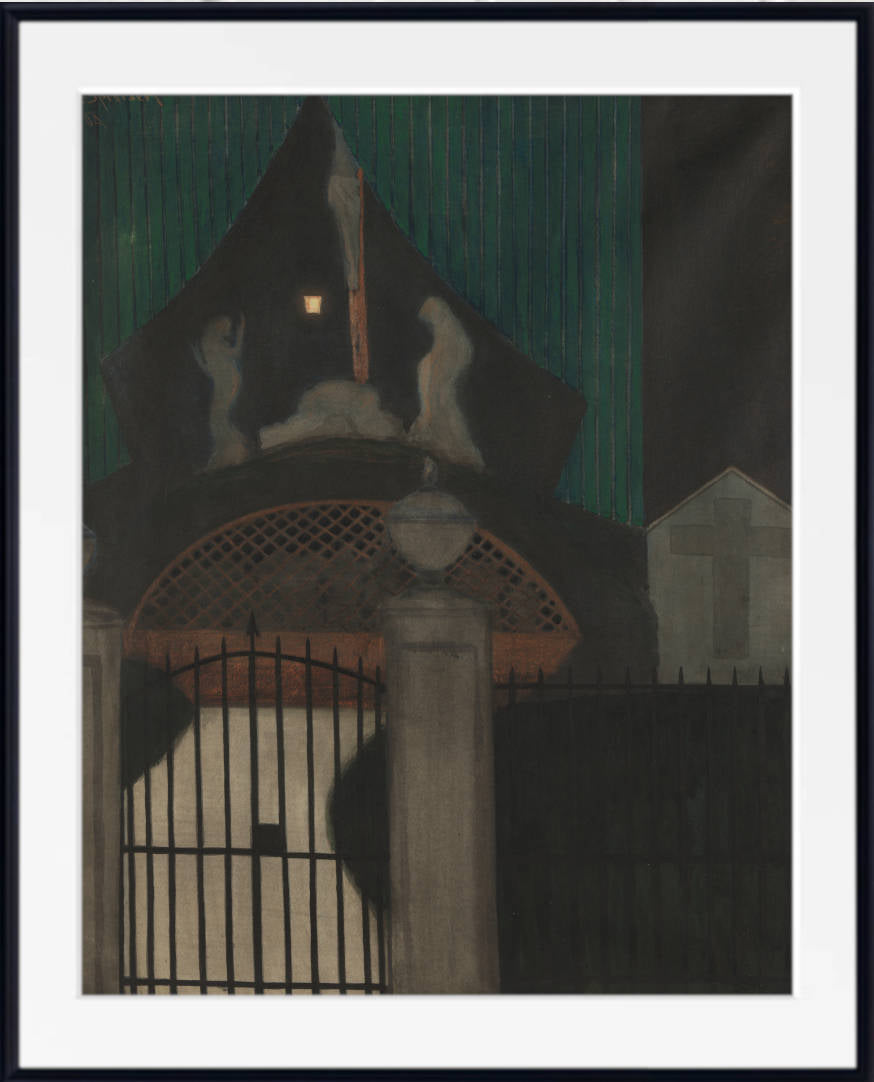
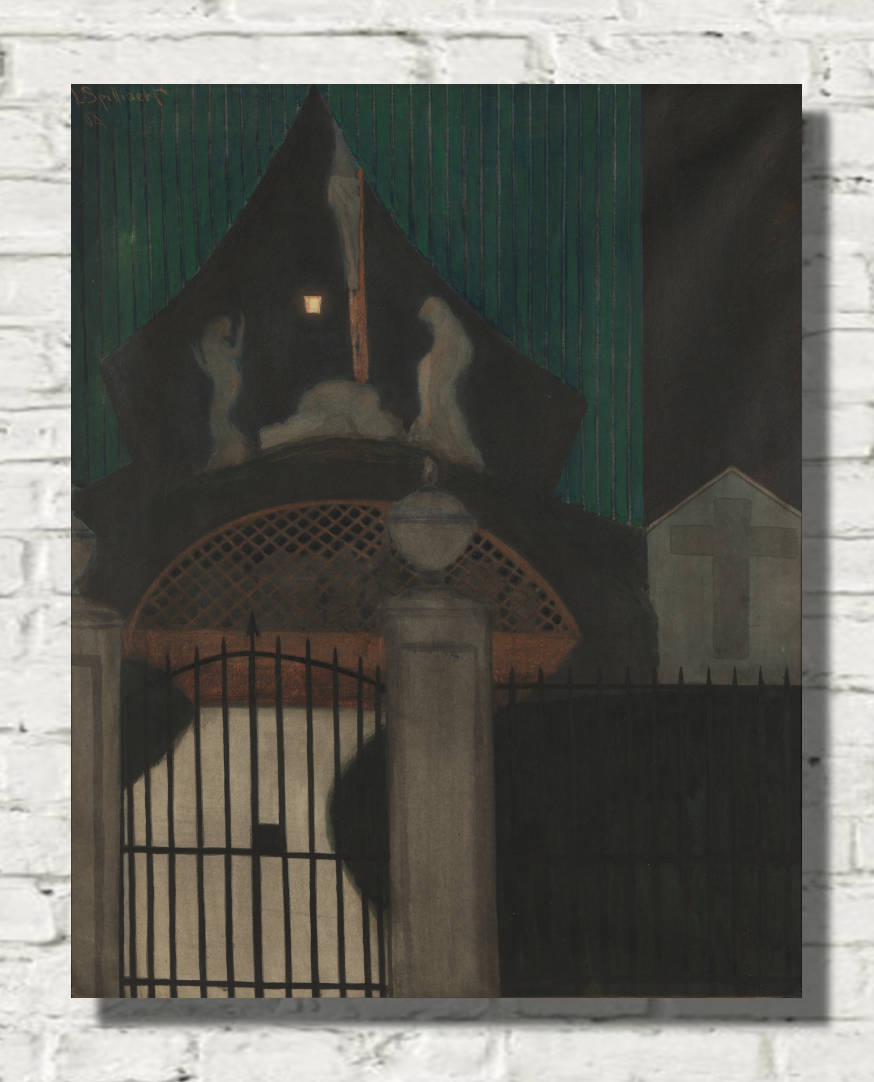
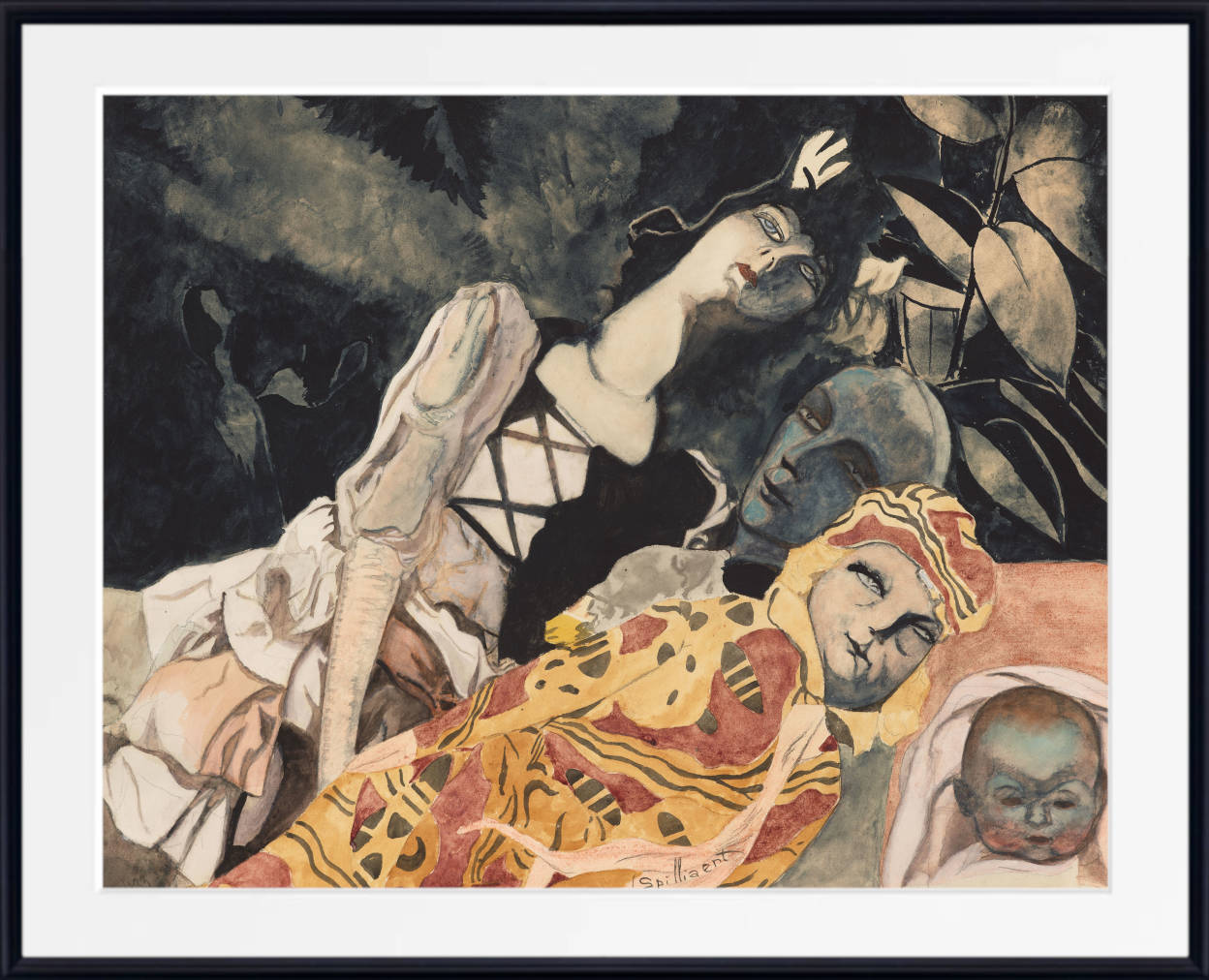
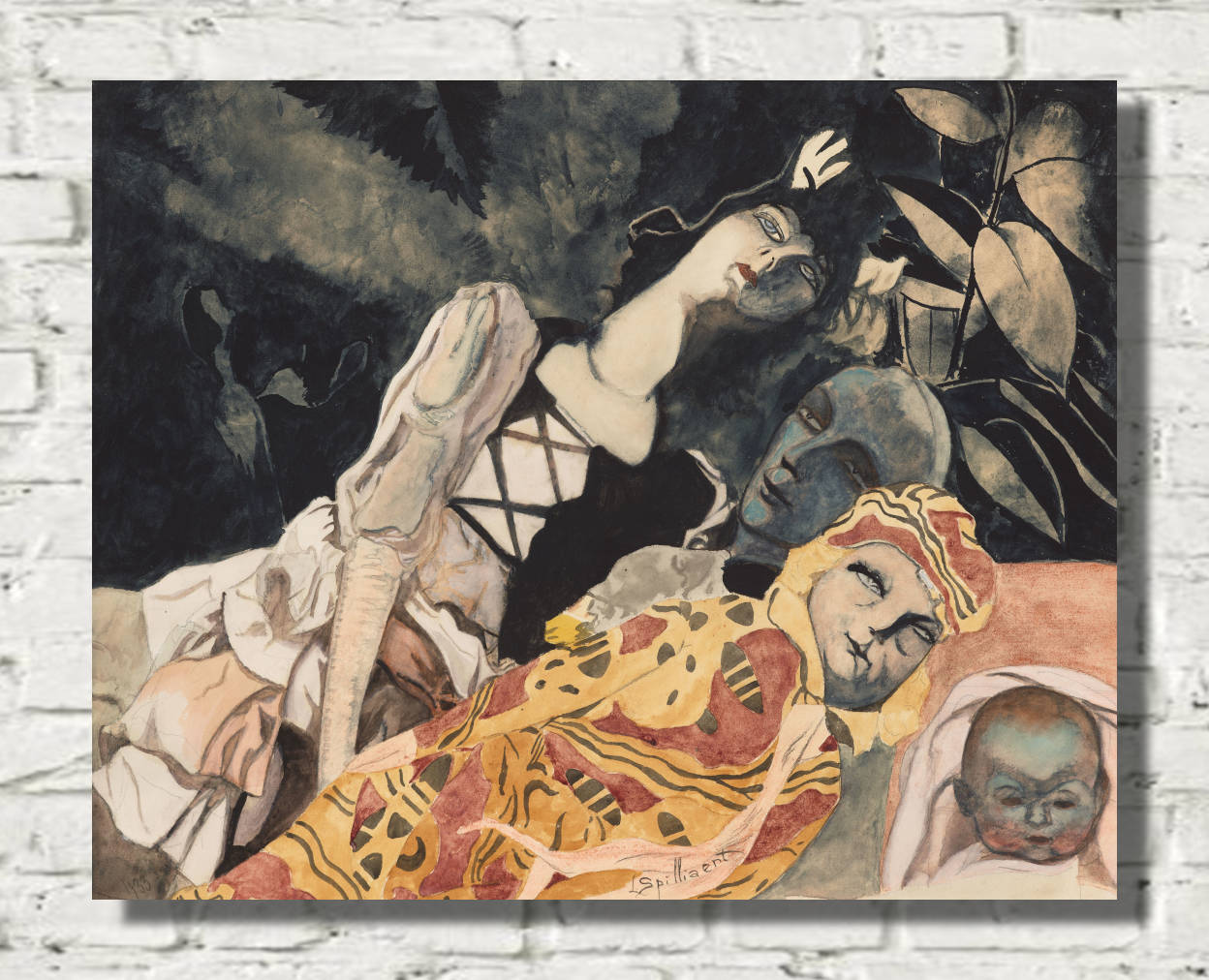


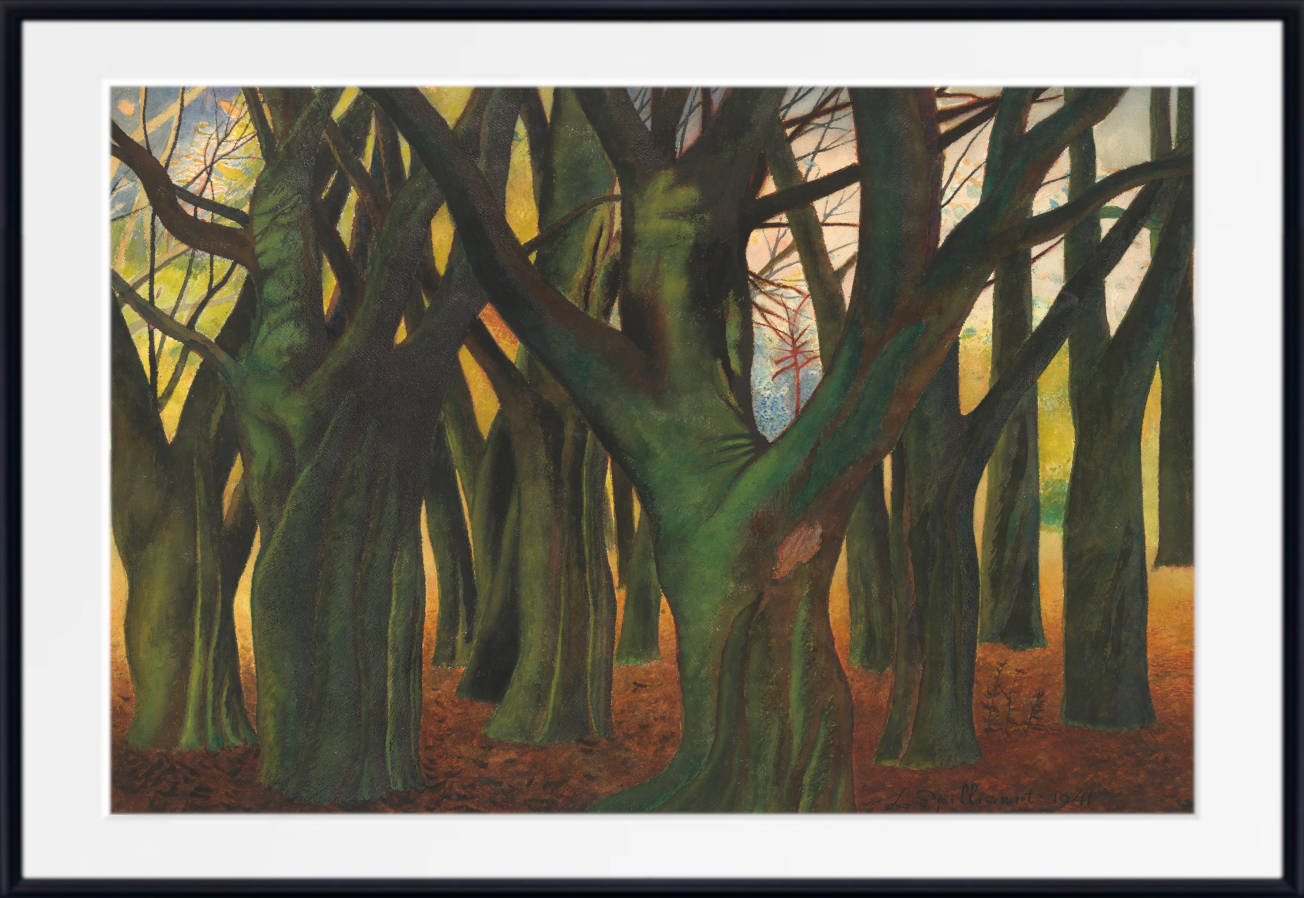
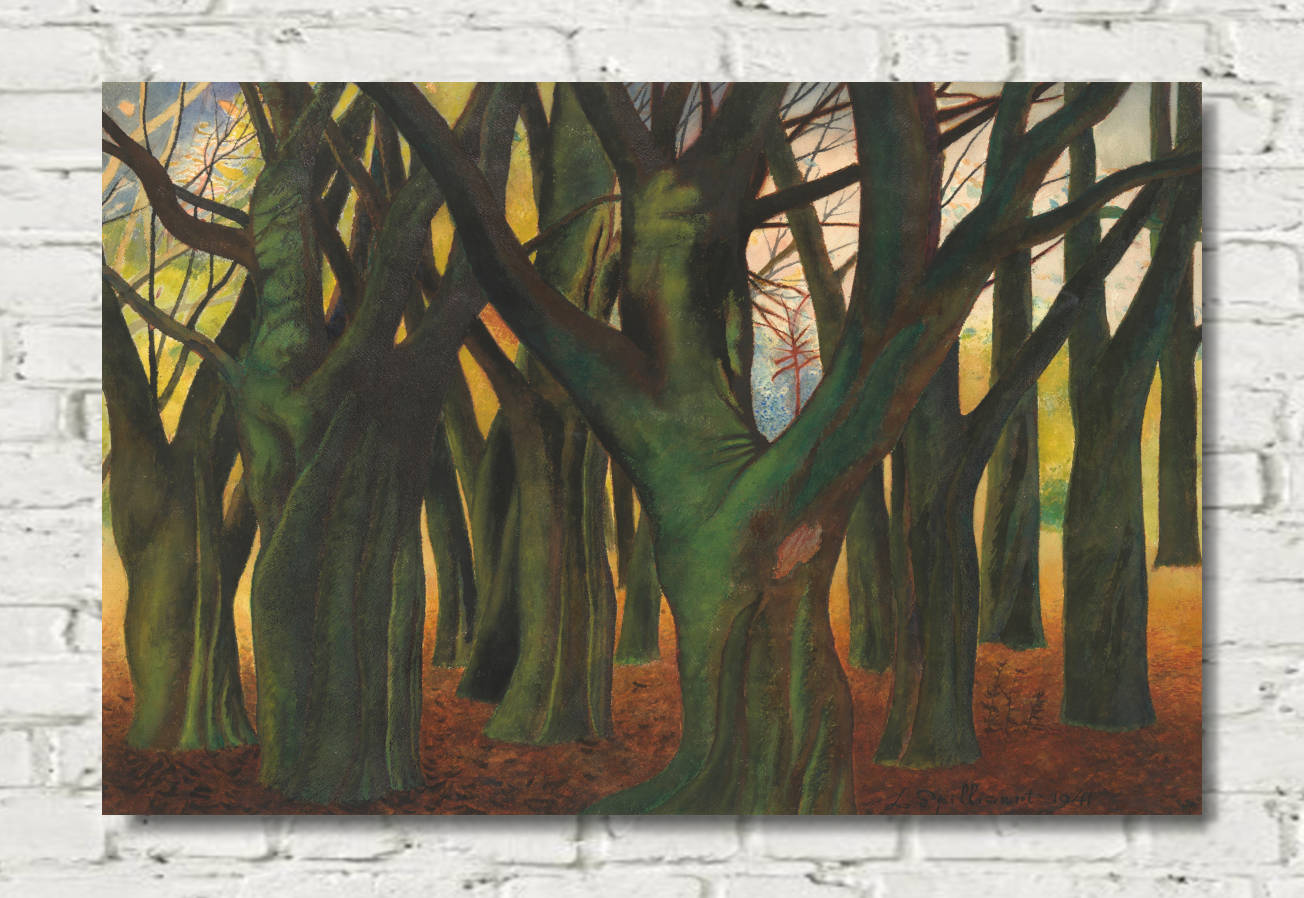
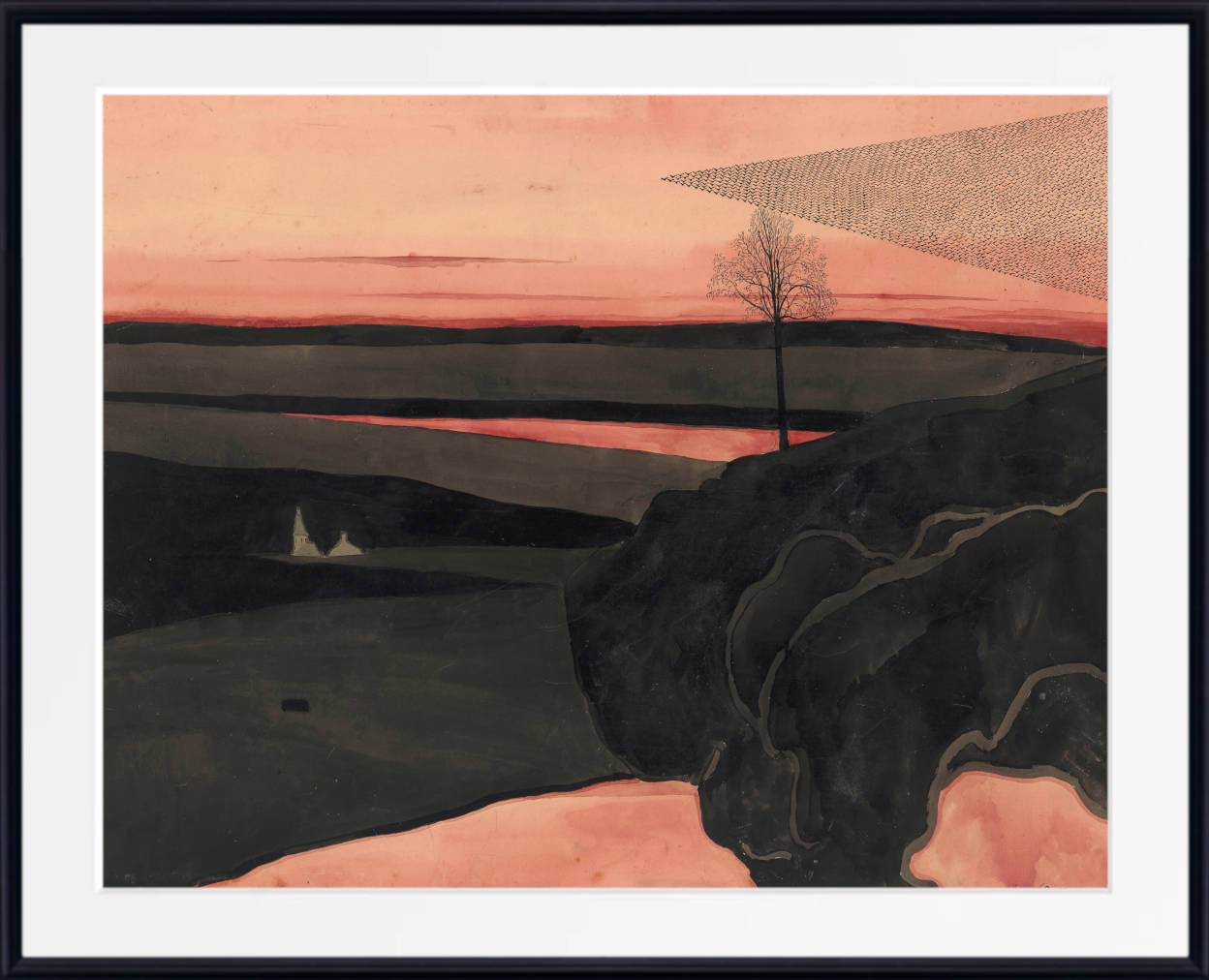
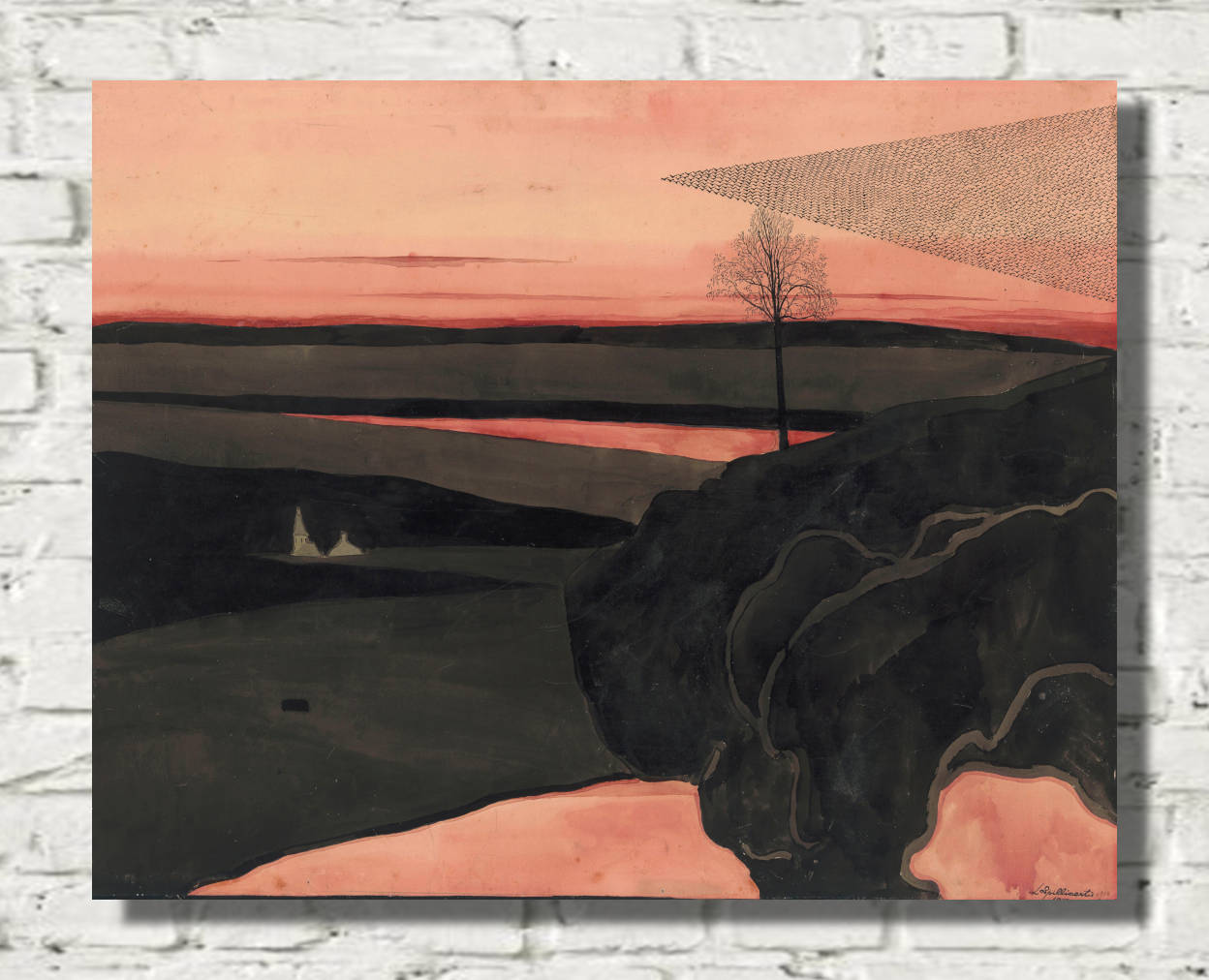

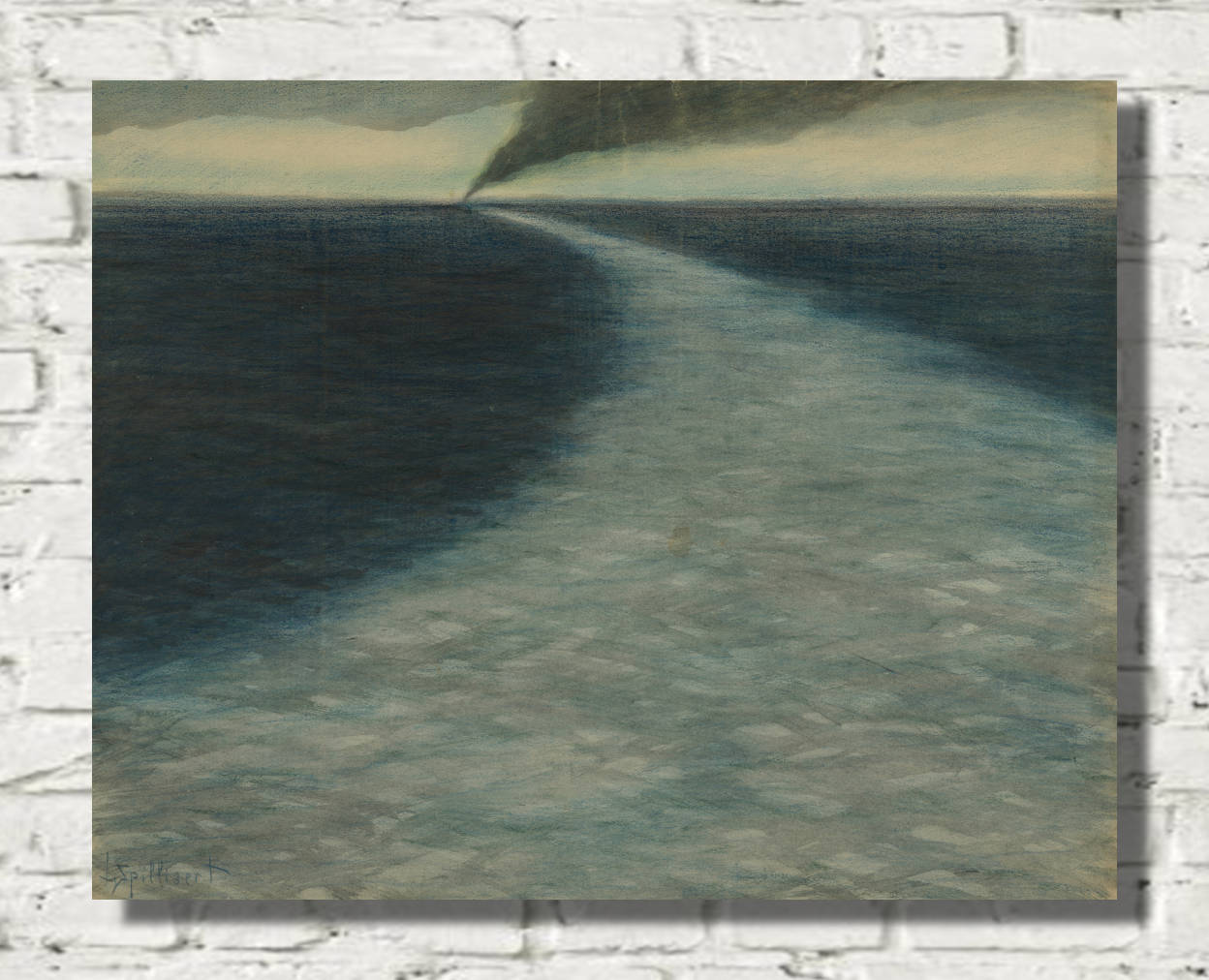
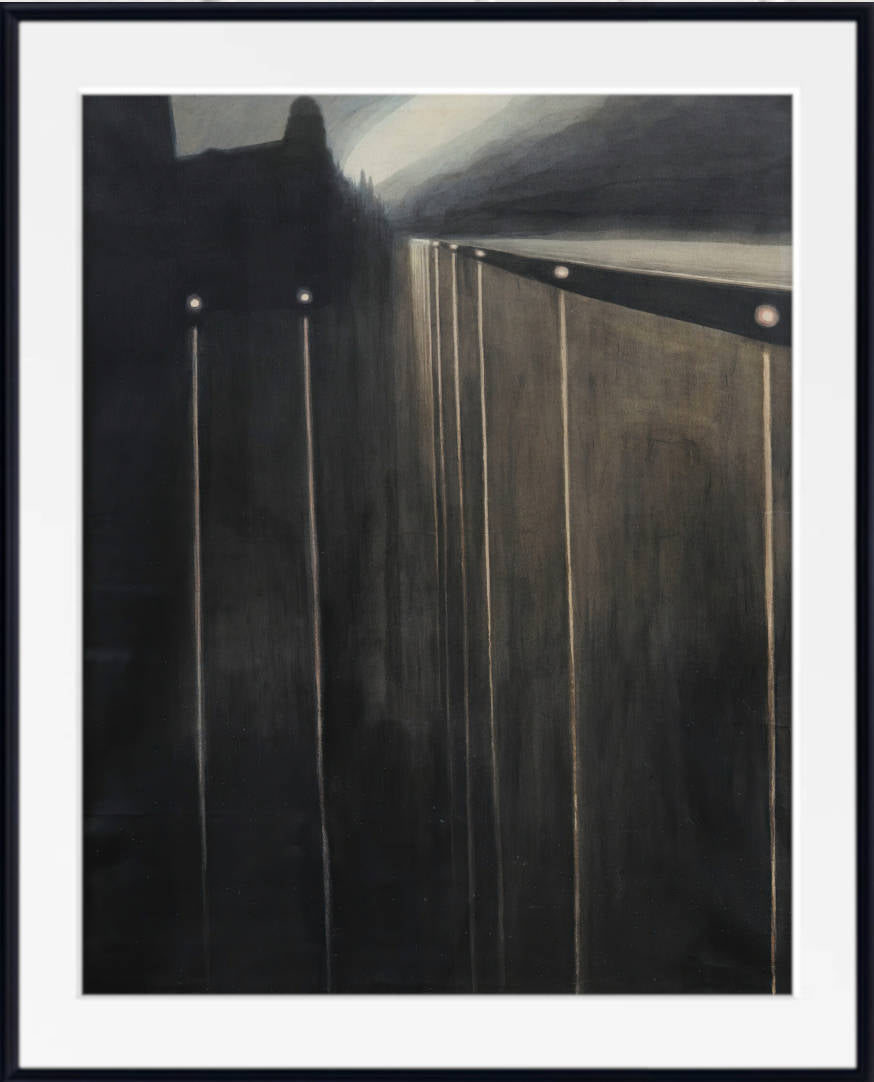
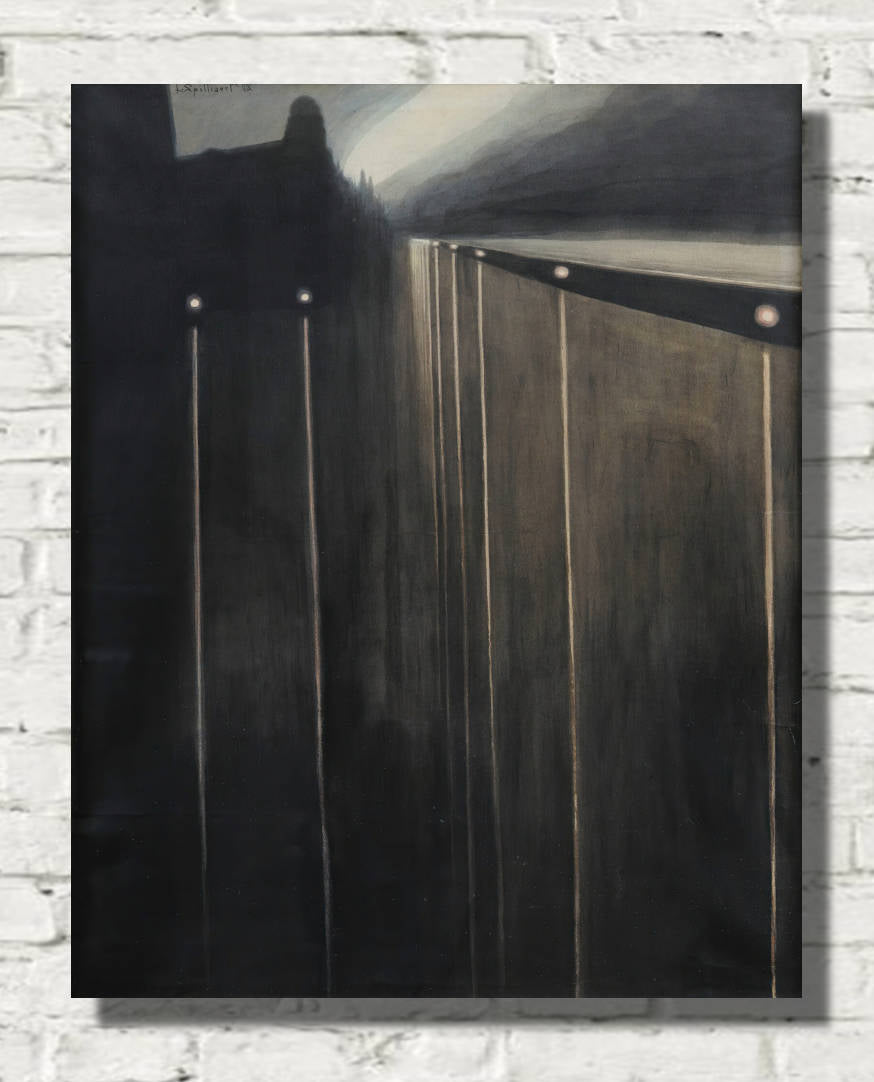
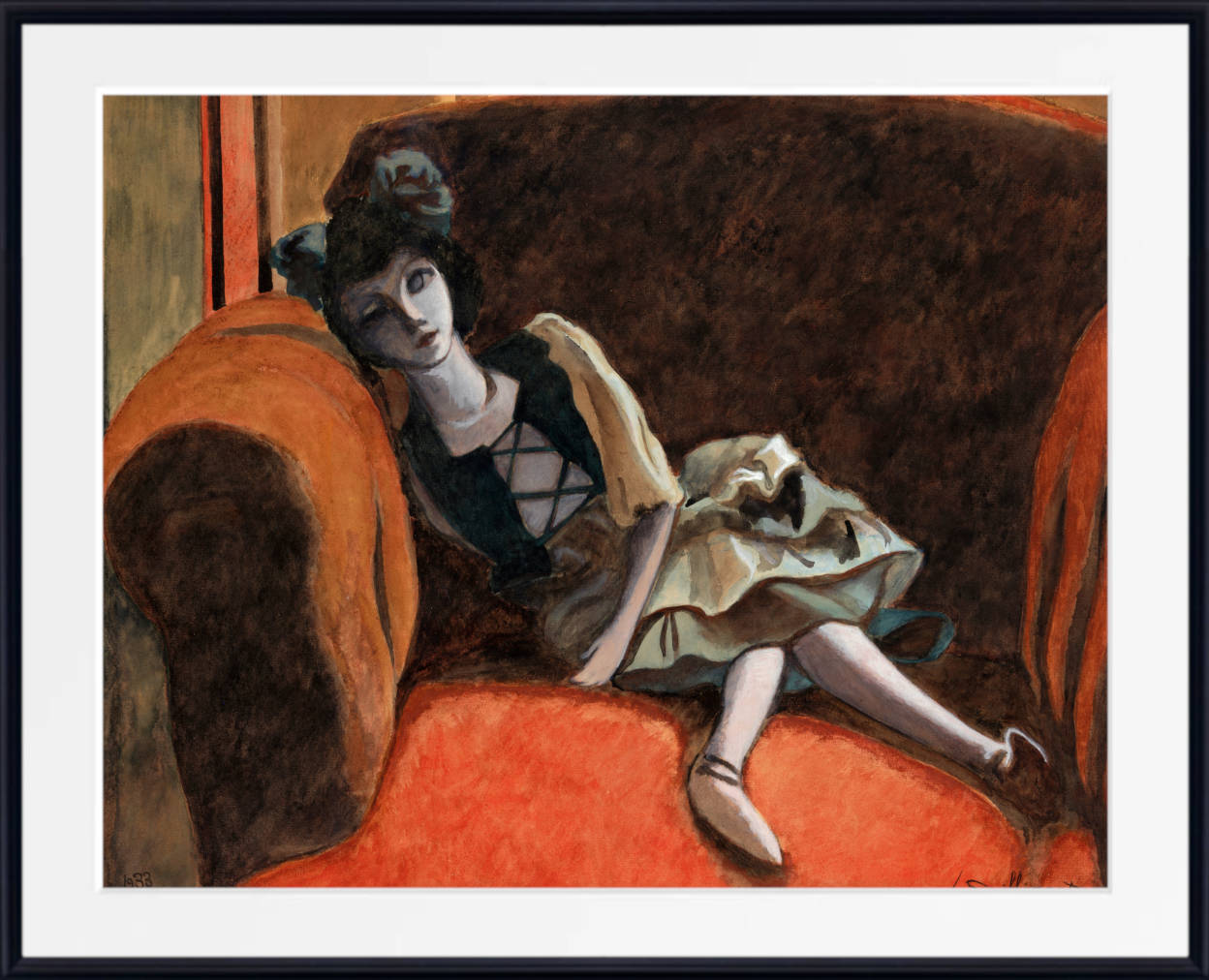
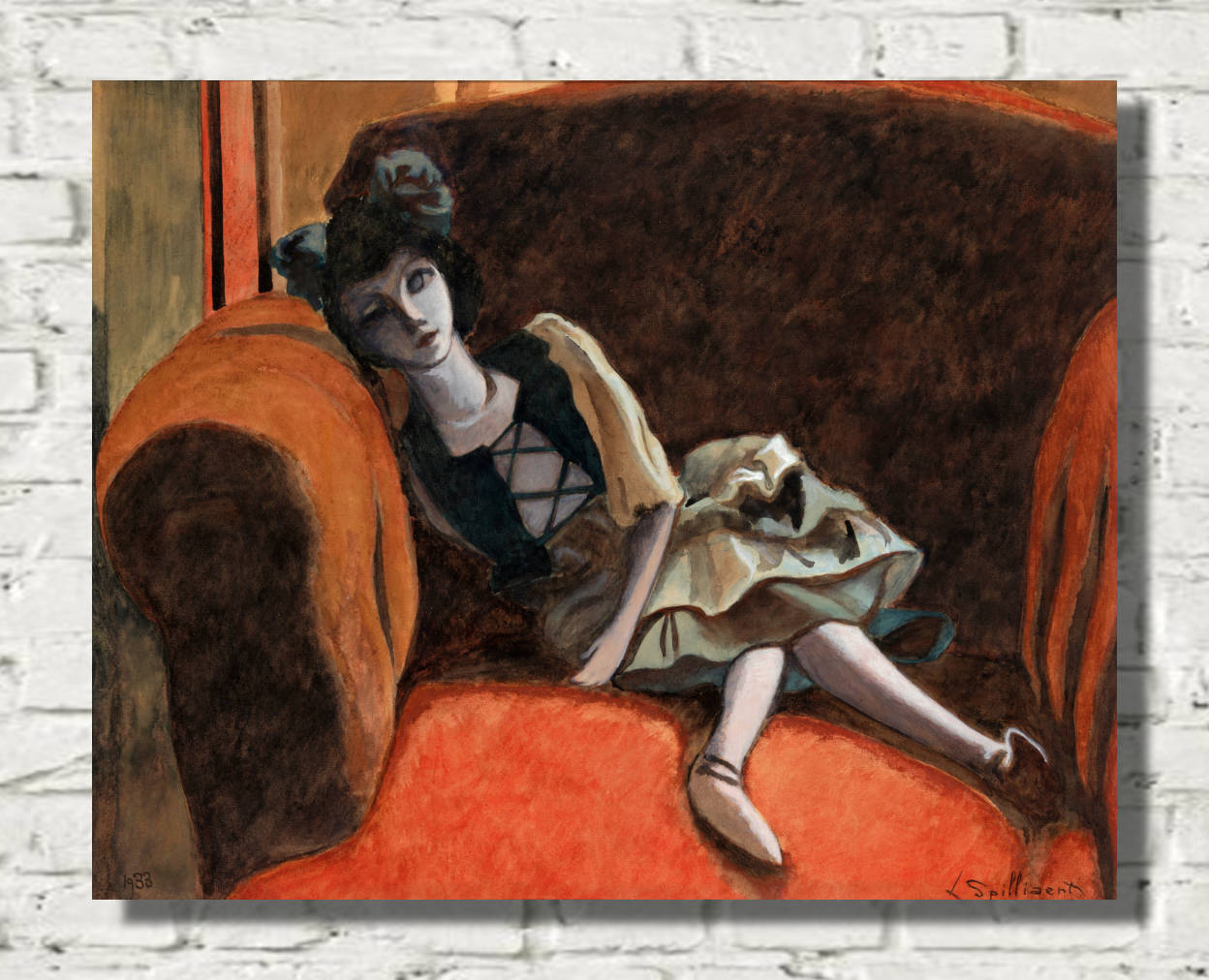
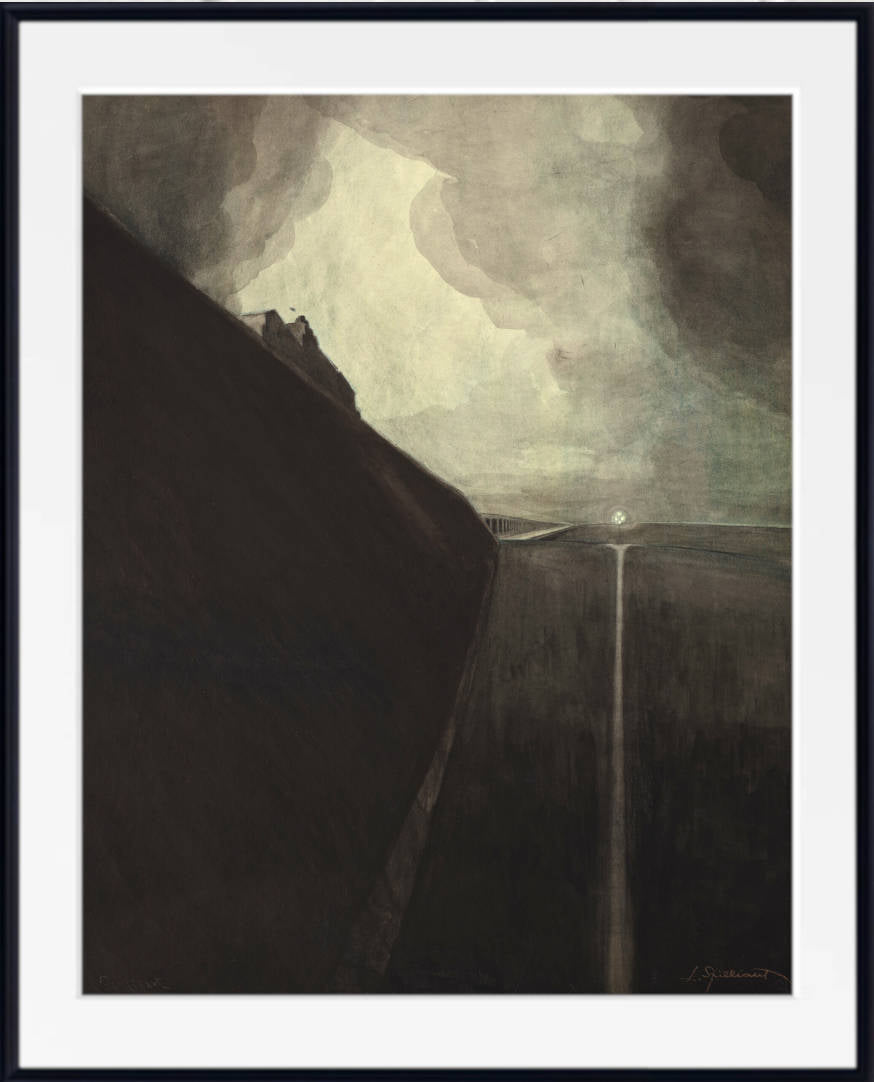
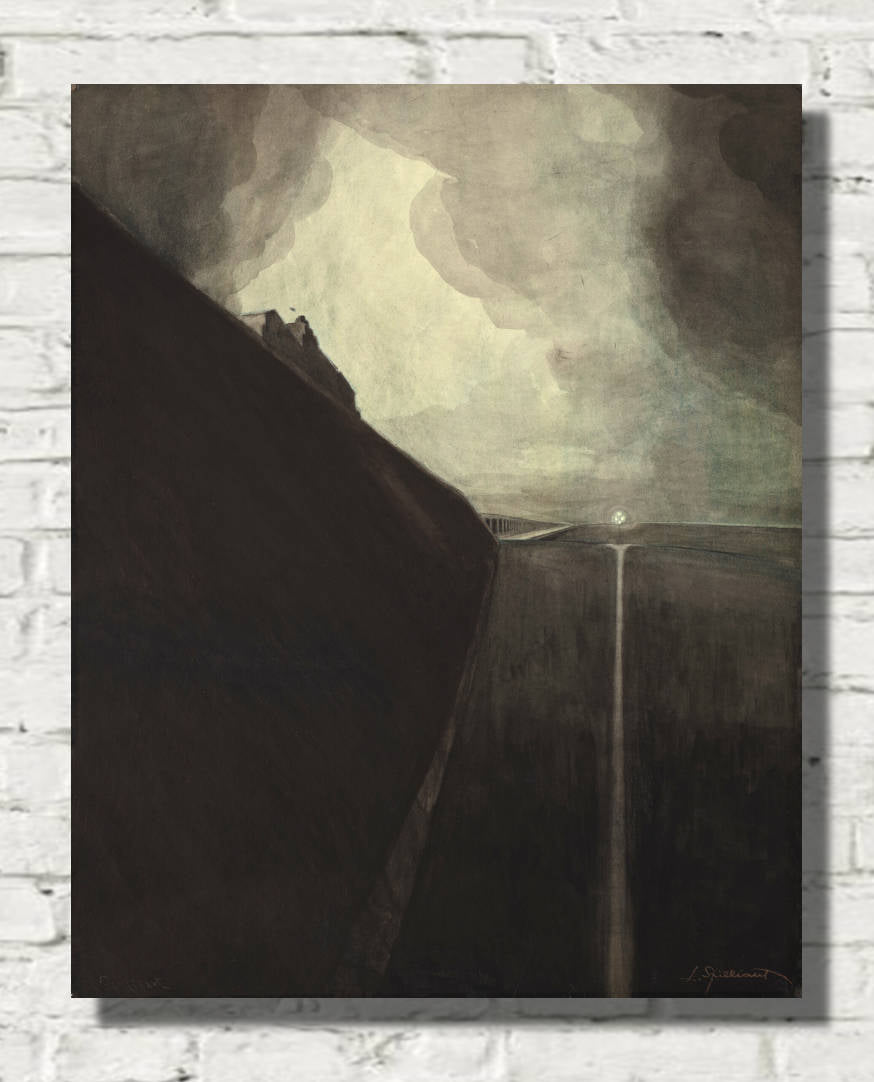
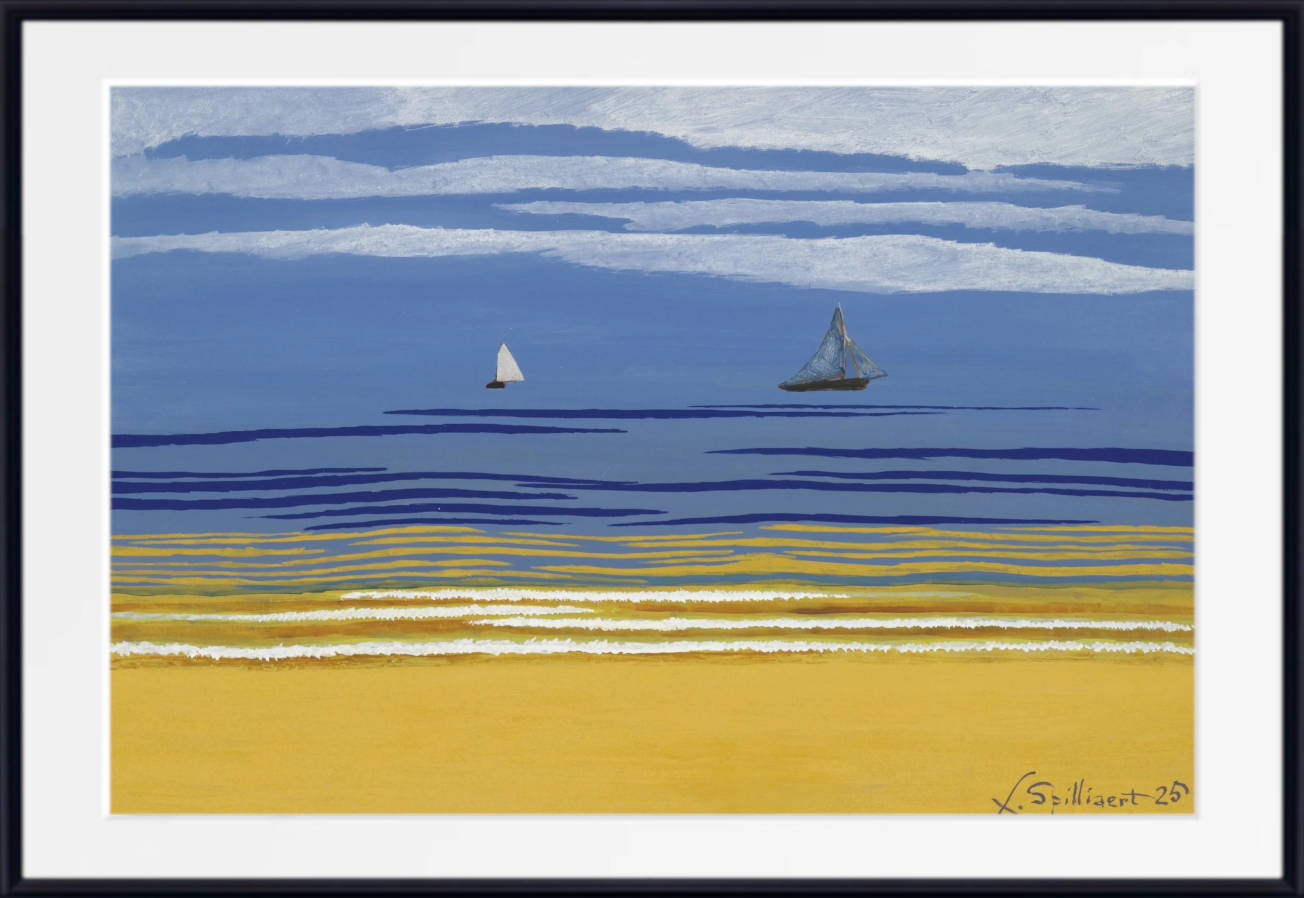
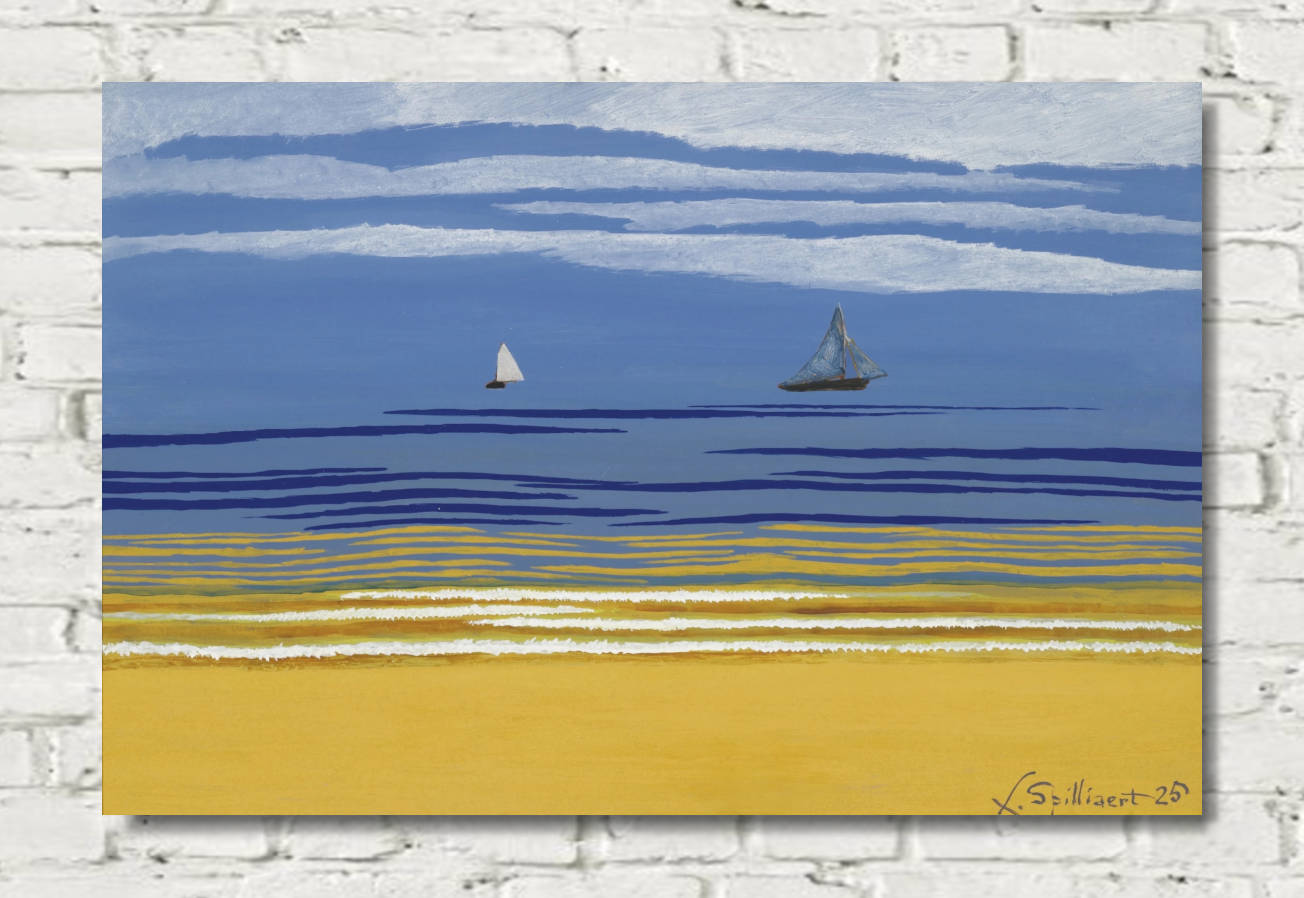

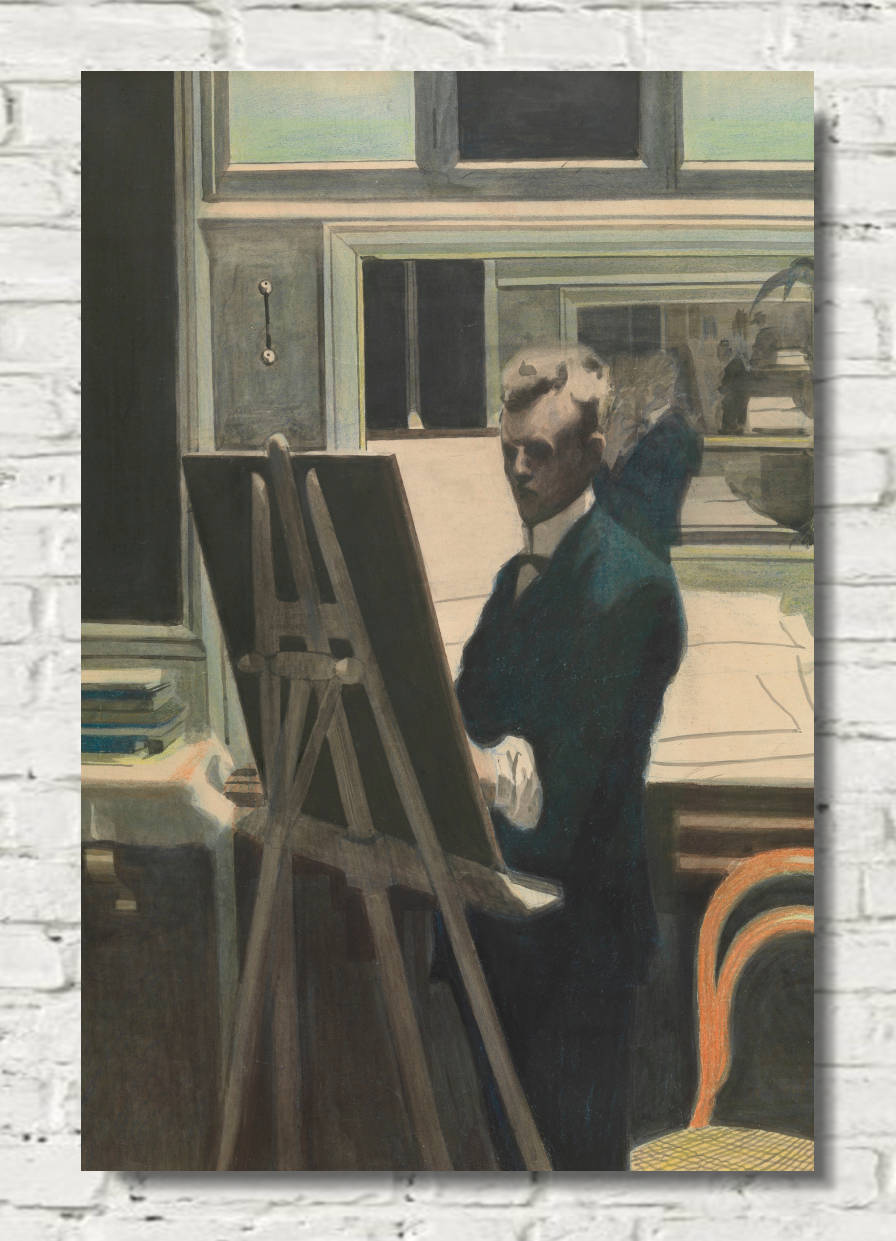

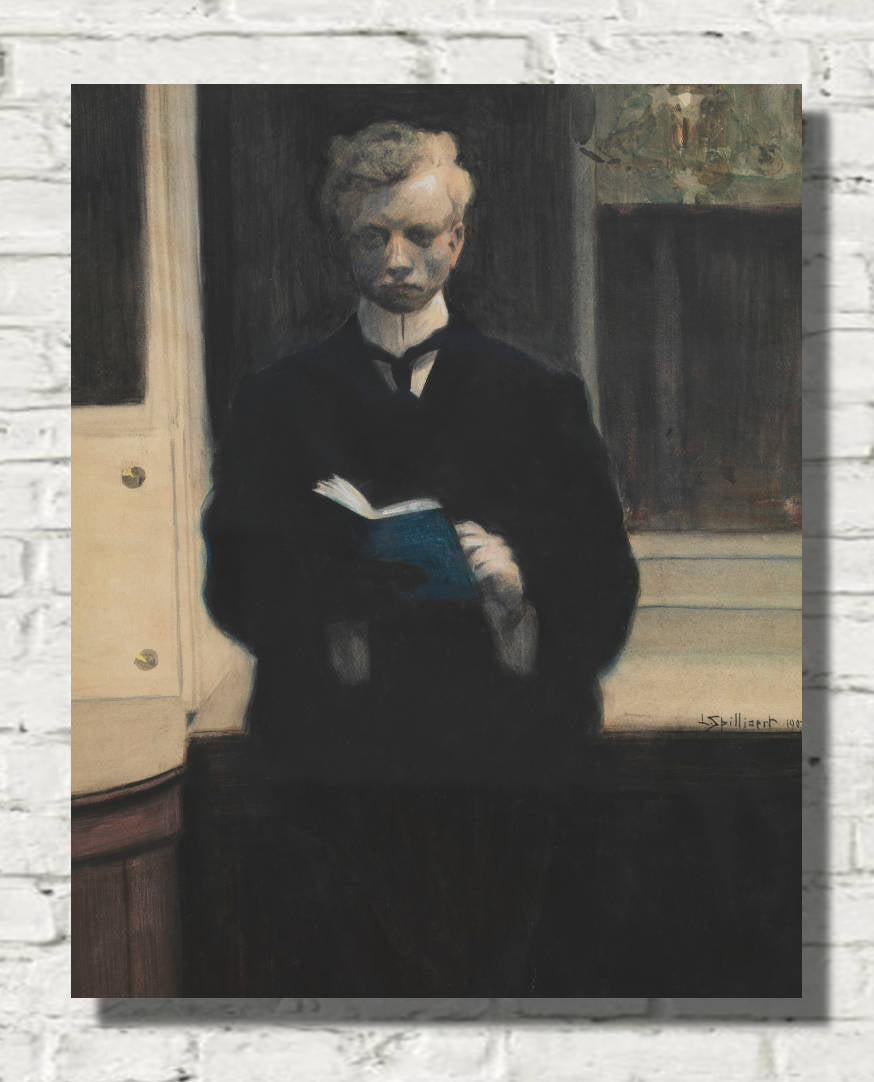
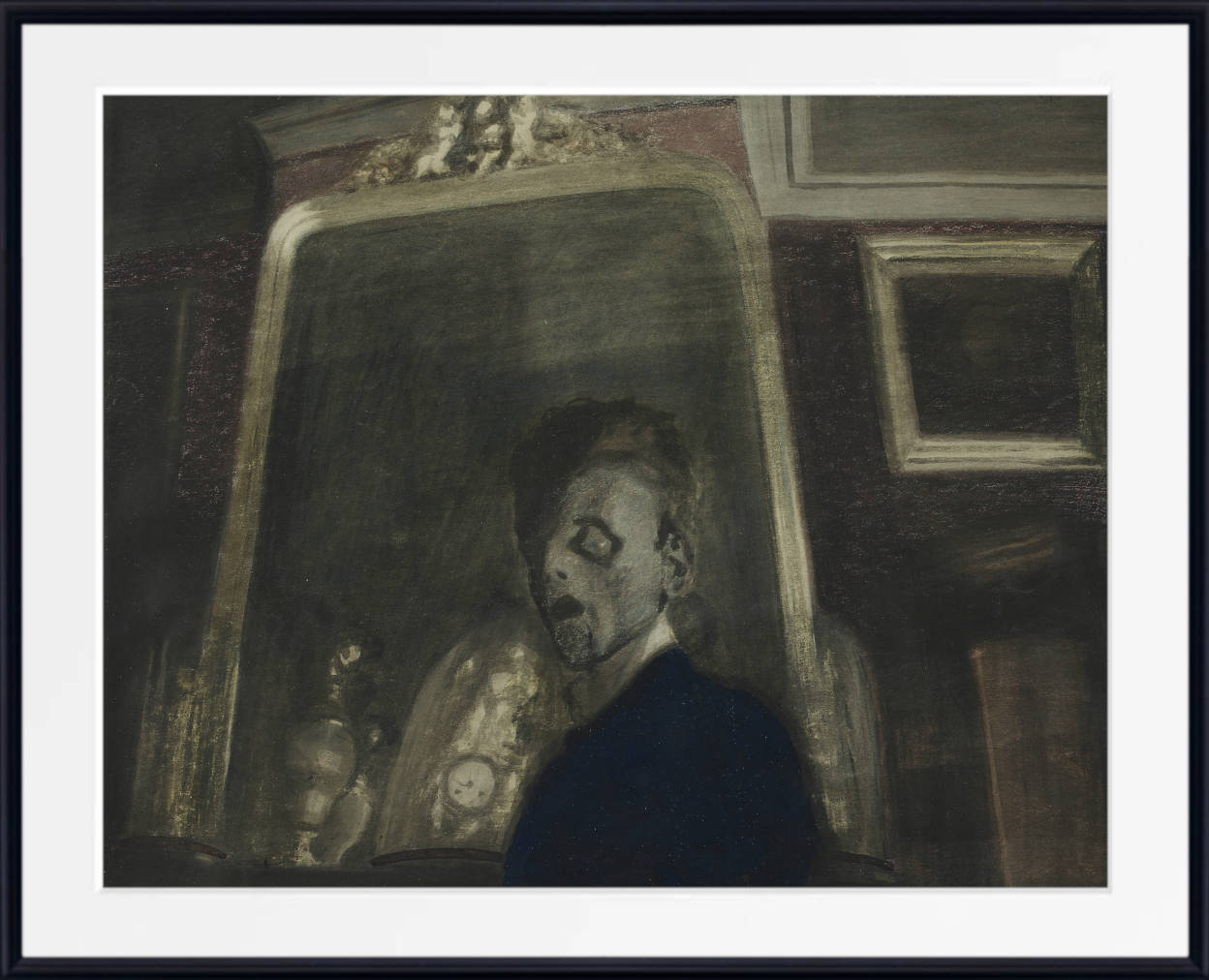
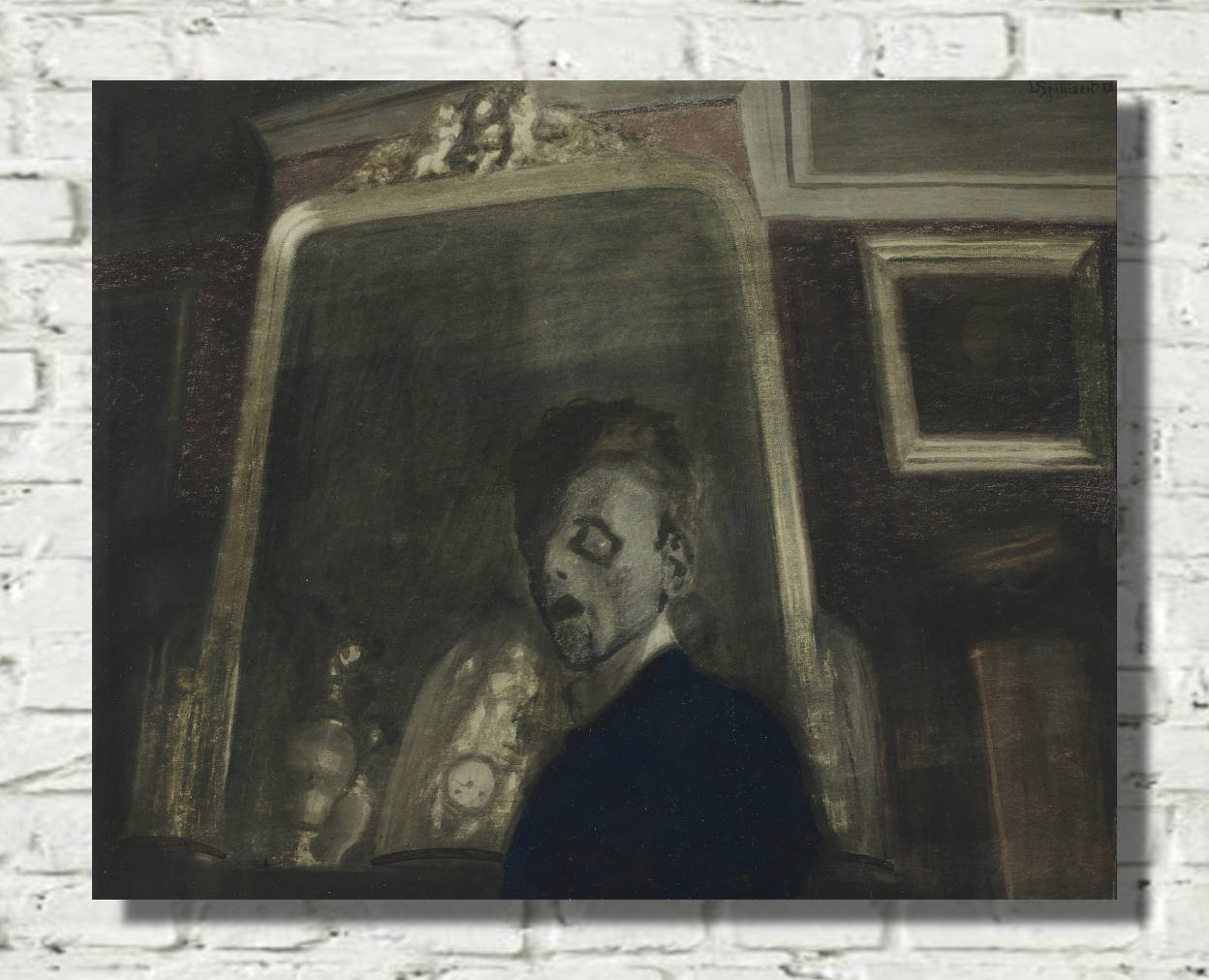
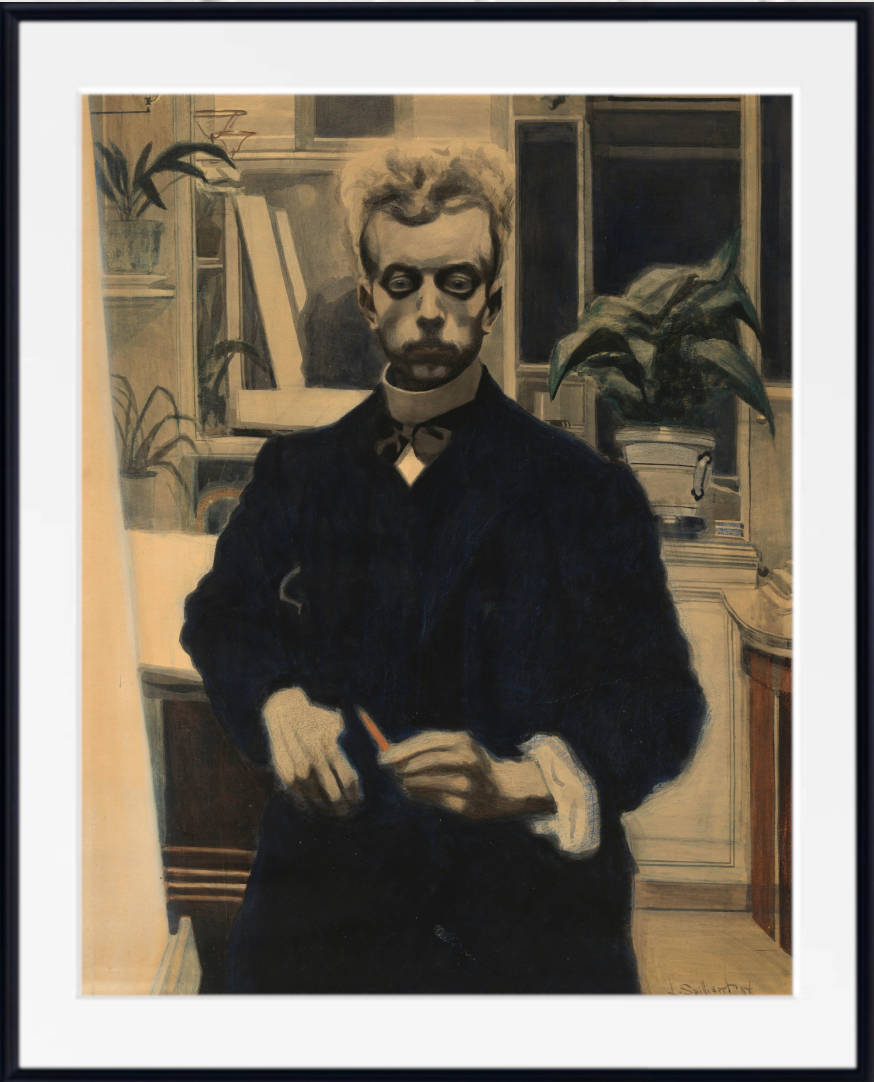
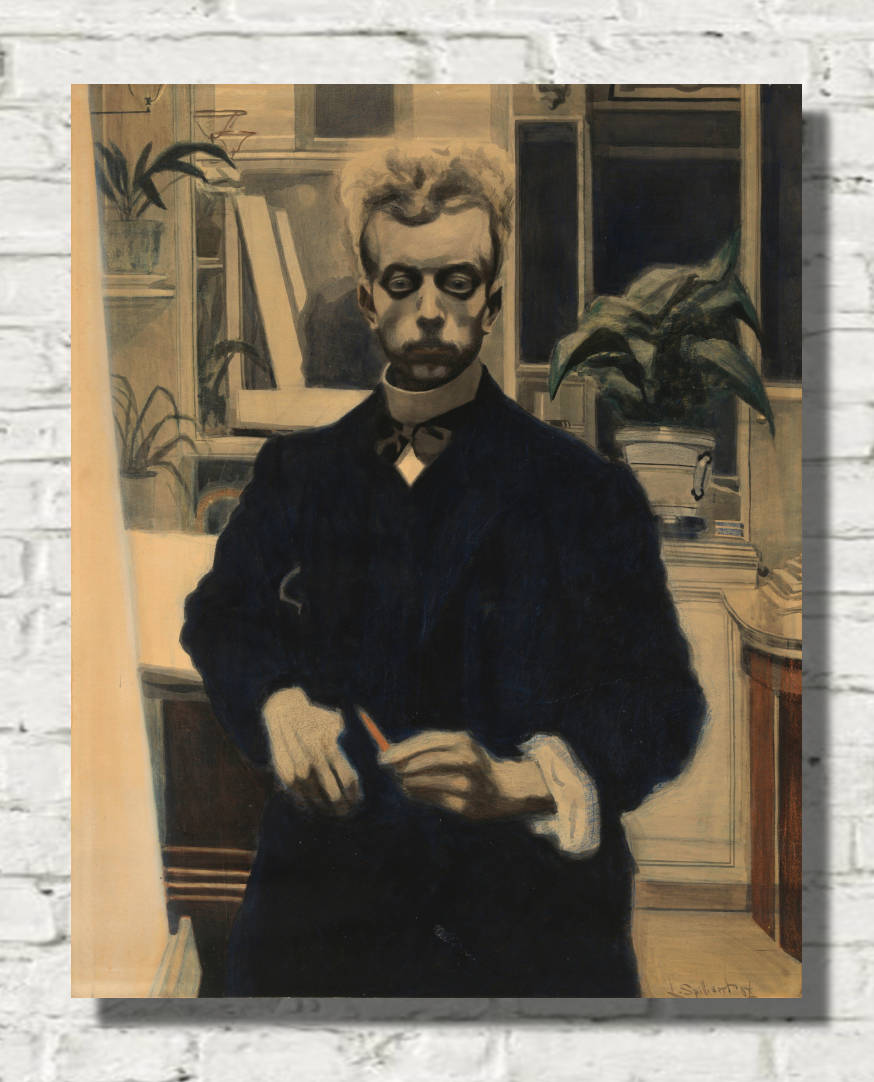
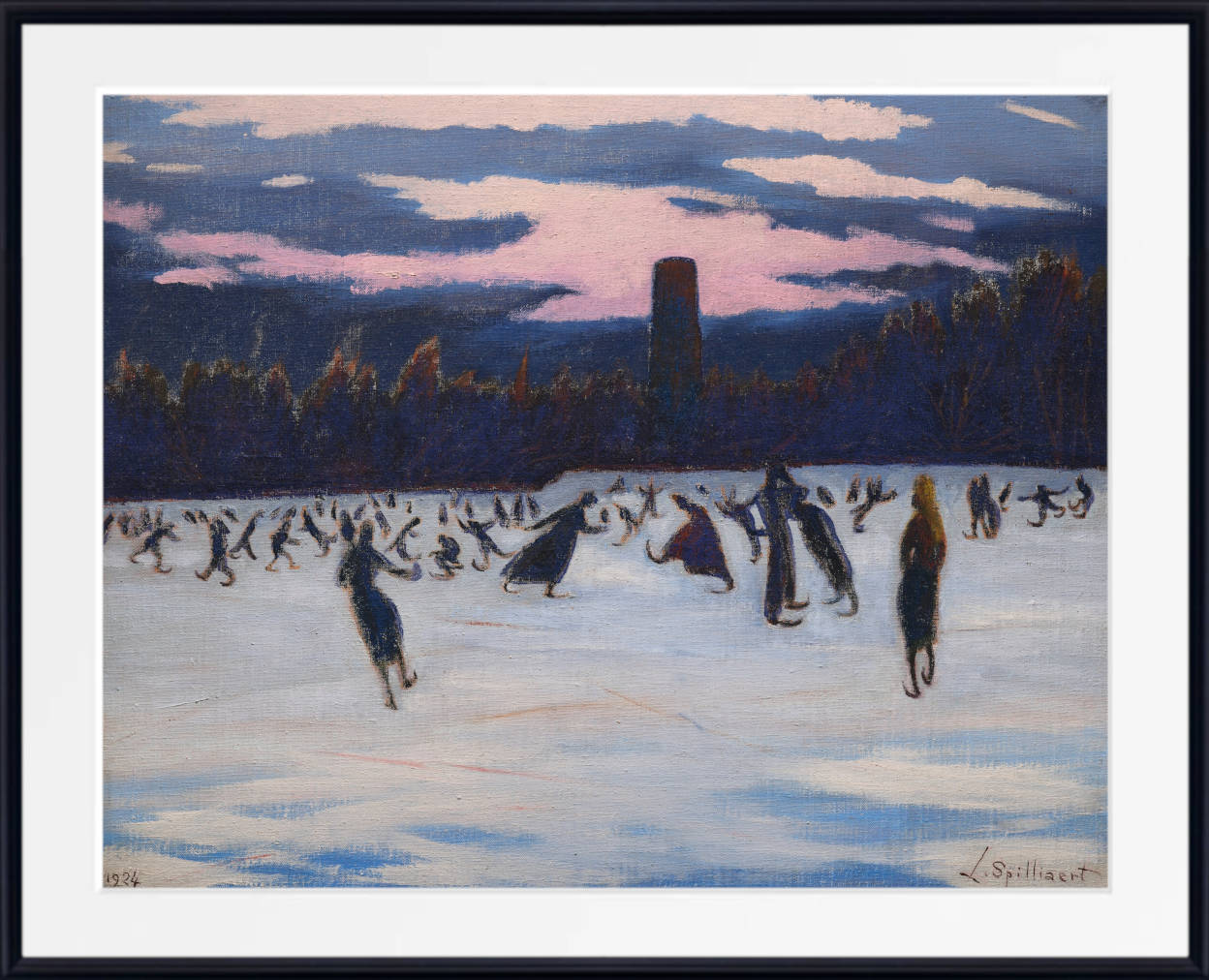

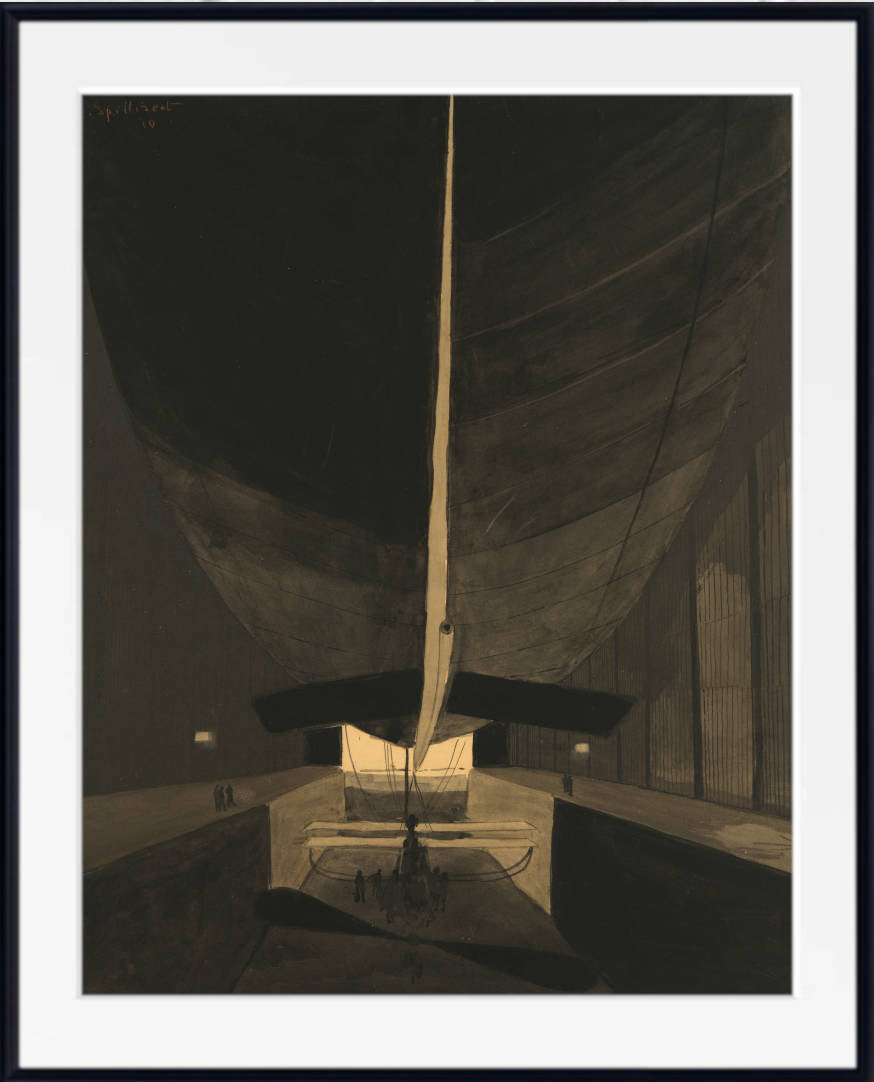
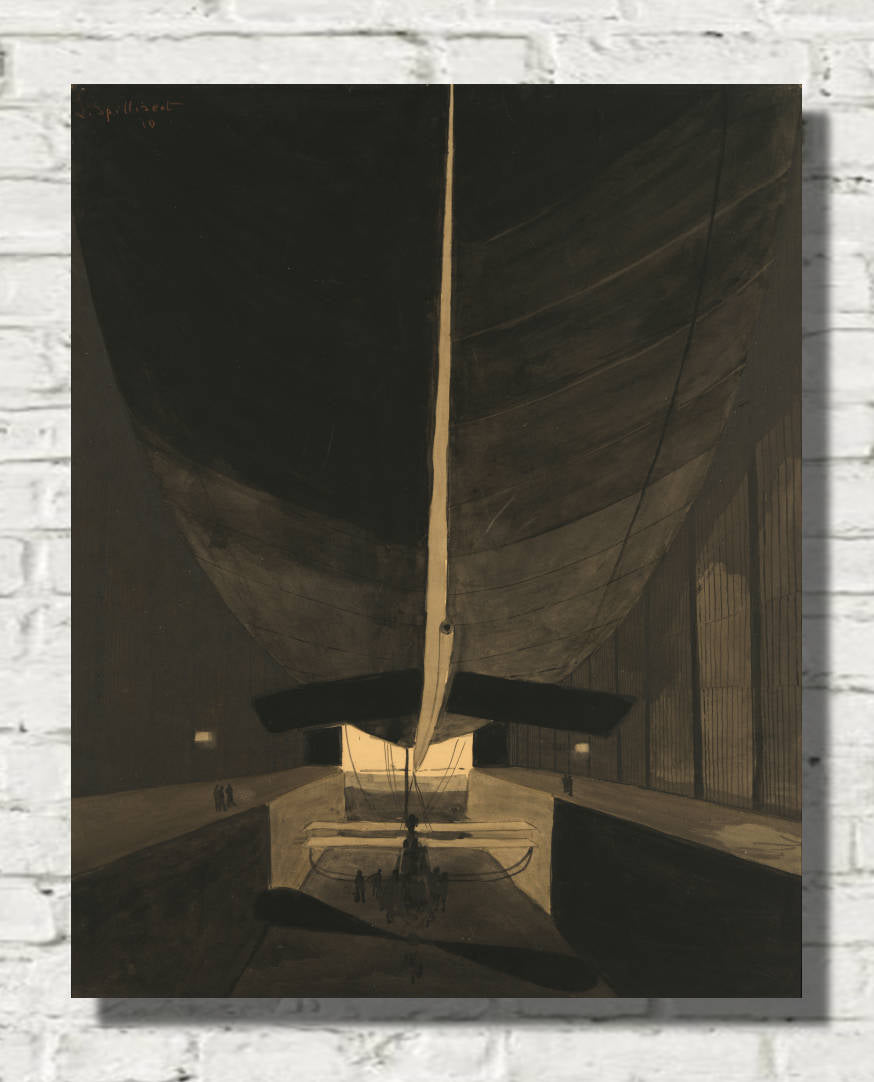


![Léon Spilliaert Print, The Lighthouse with Signals [De vuurtoren] (1909)](http://gallerythane.com/cdn/shop/files/TheLighthousewithSignals_Devuurtoren_1909__10x8_wm.jpg?v=1730906355&width=1248)
![Léon Spilliaert Print, The Lighthouse with Signals [De vuurtoren] (1909)](http://gallerythane.com/cdn/shop/files/TheLighthousewithSignals_Devuurtoren_1909__10x8_wm1.jpg?v=1730906355&width=1248)